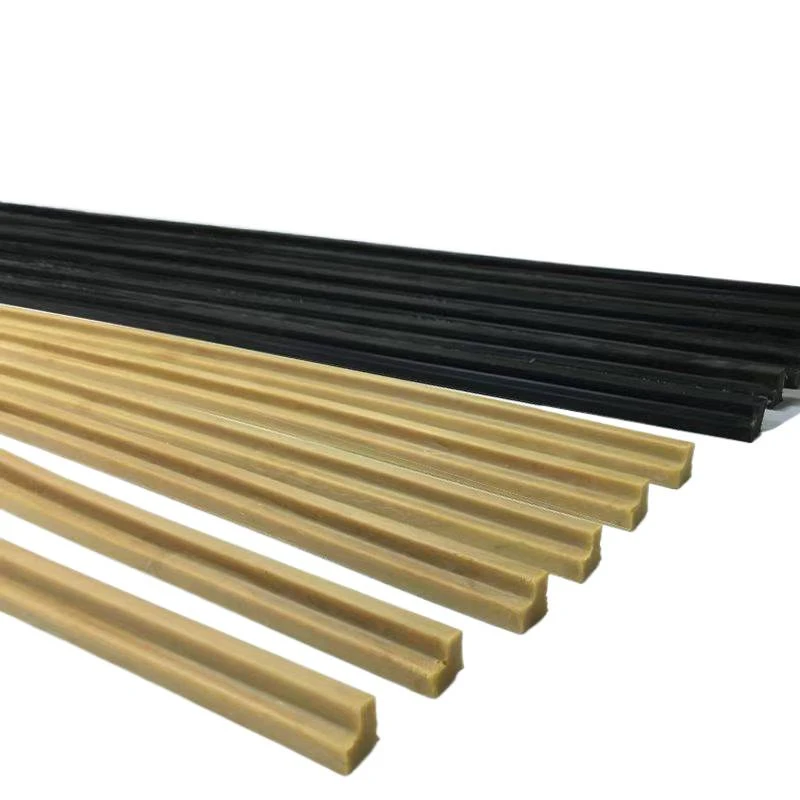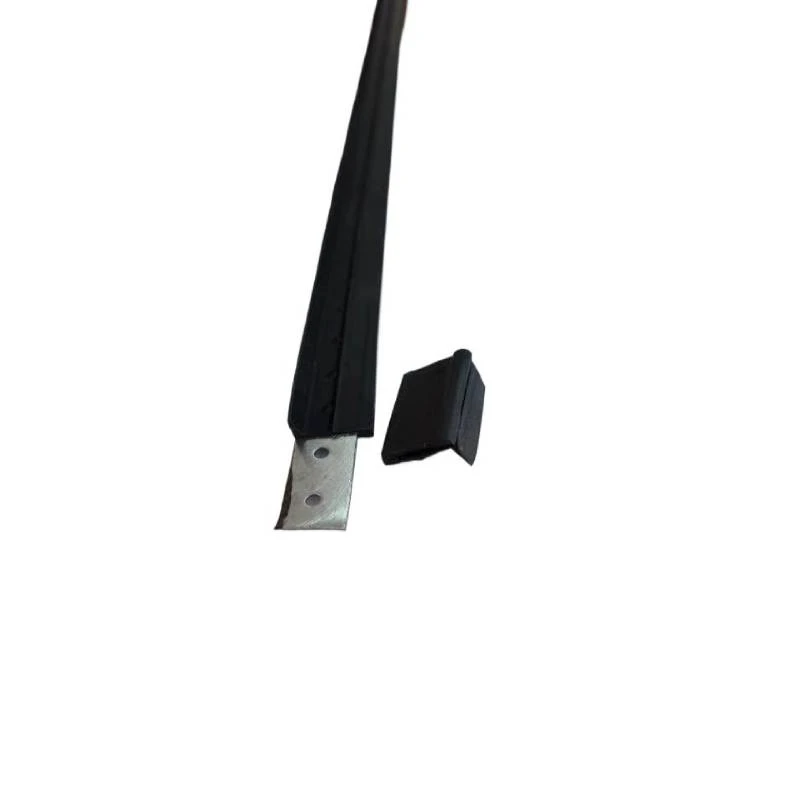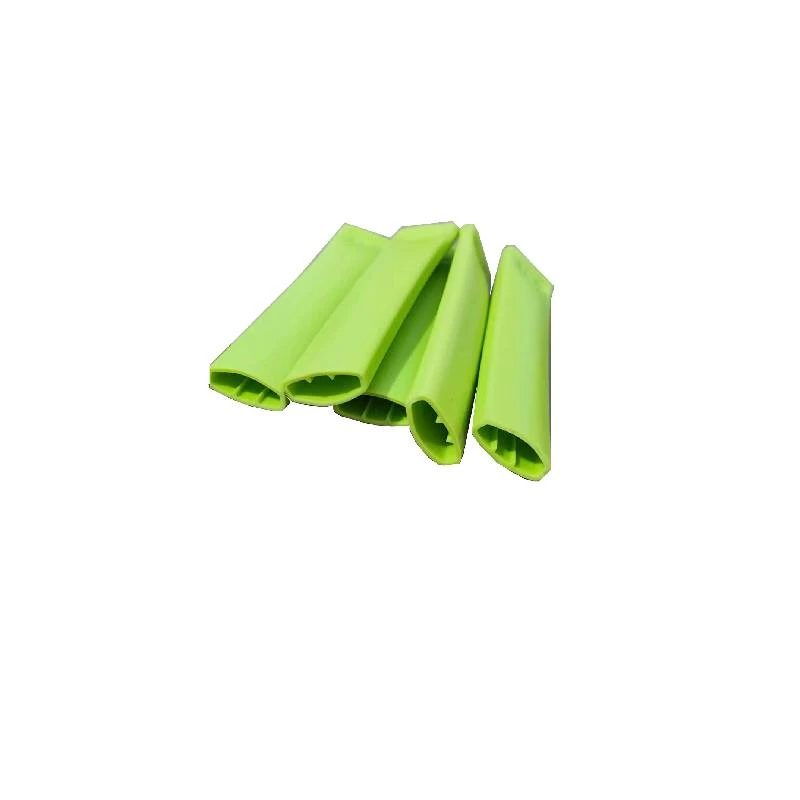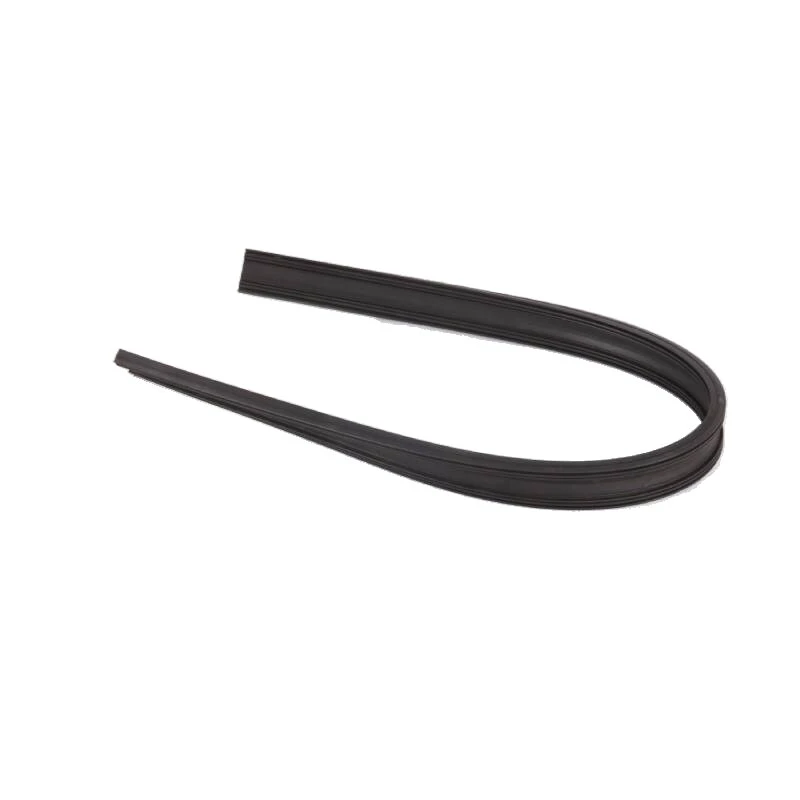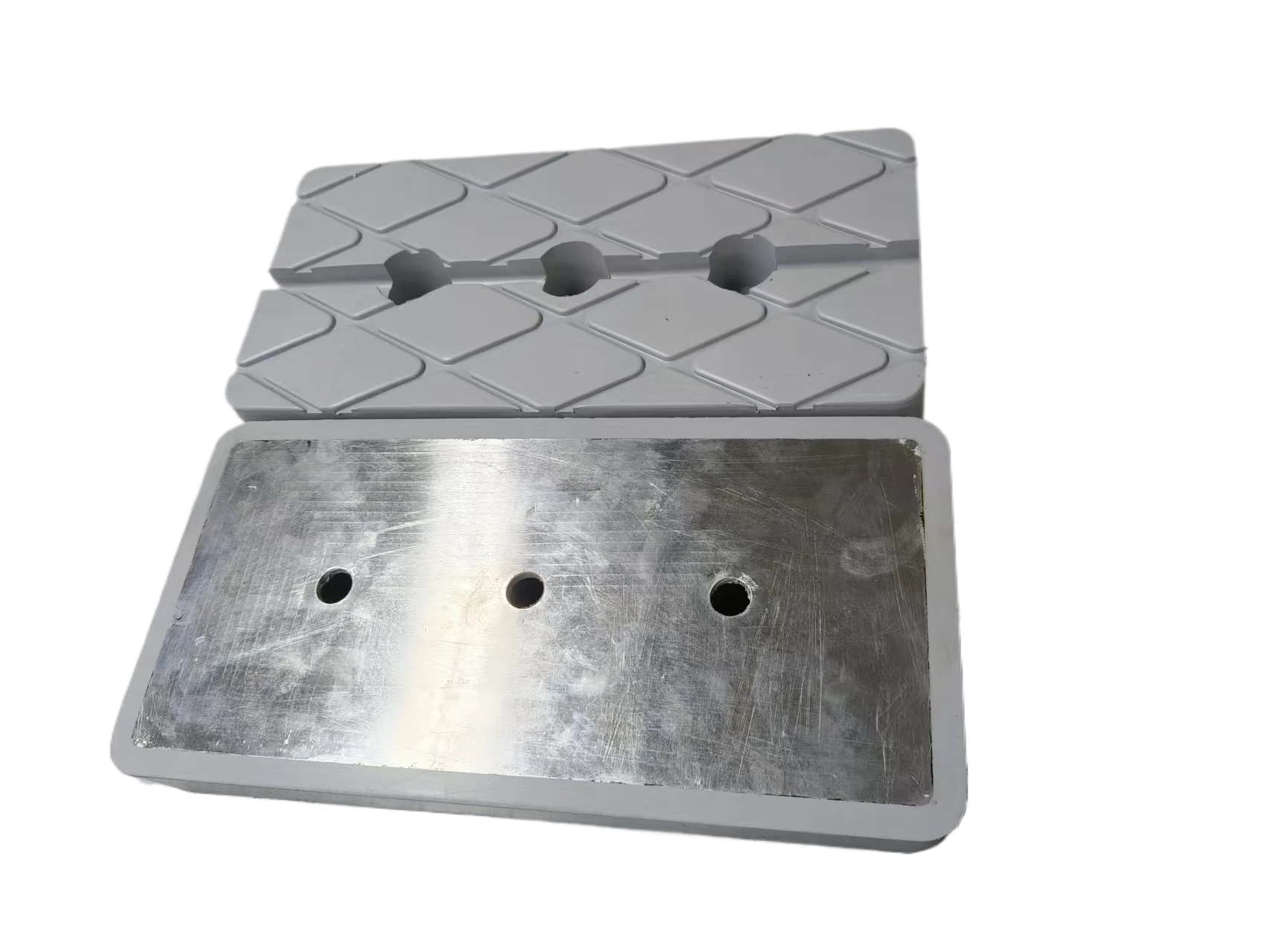
- Afrikaans
- Albanian
- Amharic
- Arabic
- Armenian
- Azerbaijani
- Basque
- Belarusian
- Bengali
- Bosnian
- Bulgarian
- Catalan
- Cebuano
- chinese_simplified
- chinese_traditional
- Corsican
- Croatian
- Czech
- Danish
- Dutch
- English
- Esperanto
- Estonian
- Finnish
- French
- Frisian
- Galician
- Georgian
- German
- Greek
- Gujarati
- haitian_creole
- hausa
- hawaiian
- Hebrew
- Hindi
- Miao
- Hungarian
- Icelandic
- igbo
- Indonesian
- irish
- Italian
- Japanese
- Javanese
- Kannada
- kazakh
- Khmer
- Rwandese
- Korean
- Kurdish
- Kyrgyz
- Lao
- Latin
- Latvian
- Lithuanian
- Luxembourgish
- Macedonian
- Malgashi
- Malay
- Malayalam
- Maltese
- Maori
- Marathi
- Mongolian
- Myanmar
- Nepali
- Norwegian
- Norwegian
- Occitan
- Pashto
- Persian
- Polish
- Portuguese
- Punjabi
- Romanian
- Russian
- Samoan
- scottish-gaelic
- Serbian
- Sesotho
- Shona
- Sindhi
- Sinhala
- Slovak
- Slovenian
- Somali
- Spanish
- Sundanese
- Swahili
- Swedish
- Tagalog
- Tajik
- Tamil
- Tatar
- Telugu
- Thai
- Turkish
- Turkmen
- Ukrainian
- Urdu
- Uighur
- Uzbek
- Vietnamese
- Welsh
- Bantu
- Yiddish
- Yoruba
- Zulu
Rubber Protective Pads – Non-Slip, Anti-Vibration, Custom
Rubber protective pads: insider notes from the factory floor
If you work around machinery, sensitive finishes, or just everyday vibration problems, you eventually discover Rubber Protective Pads. They’re humble, yes, but they quietly save budgets and reputations. Our team in No. 228 North Street, Gaobeidian City, Hebei Province builds these daily—and to be honest, the “pad” is an entire discipline: materials science, tooling, testing, and that last mile of real-world fit.
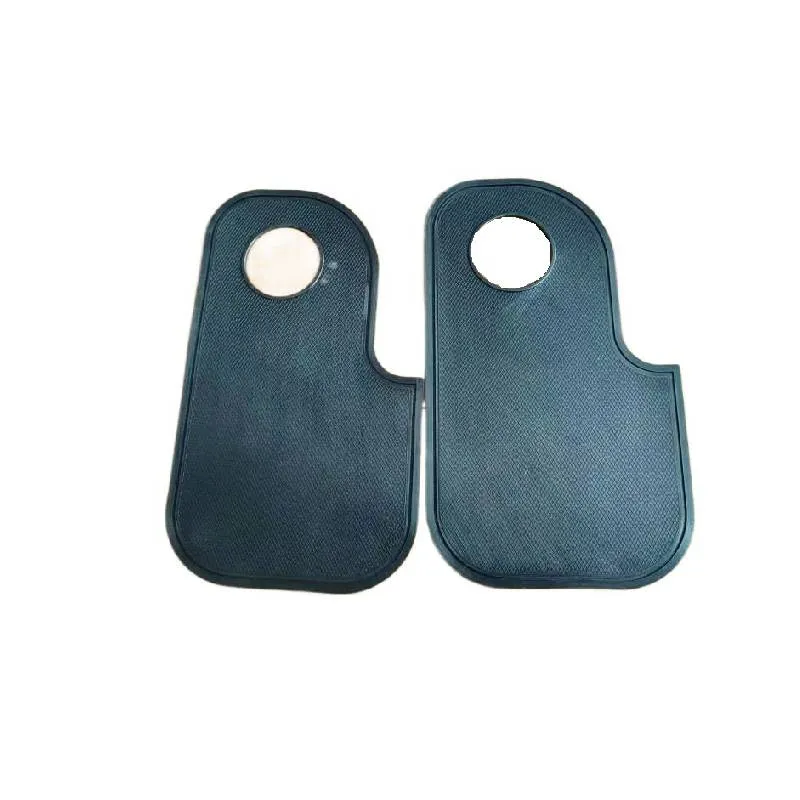
Industry trend check
Demand for Rubber Protective Pads is drifting up in EV battery assembly, last-mile logistics, and solar mounting (surprisingly fast). People want cleaner, longer-lasting materials—low VOC, RoHS/REACH compliant, and traceable. Customization beats off-the-shelf now: odd sizes, multi-durometer stacks, or pre-applied 3M adhesive liners. Lead time matters more than ever.
What makes a good pad? (Specs that matter)
We typically formulate EPDM for weather, NBR for oil, CR for flame and abrasion, and SBR for general purpose. Hardness (Shore A) and compression set drive performance. Honestly, most failures I see aren’t “bad rubber”—they’re mismatched rubber-to-environment. Below is a quick spec snapshot; real-world use may vary.
| Parameter | Typical Range/Option | Notes |
|---|---|---|
| Material | EPDM, NBR, CR (Neoprene), SBR, Silicone | Pick by media/temperature exposure |
| Hardness (Shore A) | 45–80 ≈ | Tested per ISO 7619-1 / ASTM D2240 |
| Thickness | 1–25 mm (custom up to 40 mm) | Tolerance as tight as ±0.2 mm |
| Tensile Strength | 8–18 MPa ≈ | ISO 37 / ASTM D412 |
| Operating Temp | -30 to 120°C (Silicone up to 200°C) | Application dependent |
| Compression Set | 15–35% @ 70°C, 24h ≈ | ISO 815-1 / ASTM D395 |
| Adhesive Backing | 3M 467MP, 9448A, or none | Peel per ASTM D3330 |
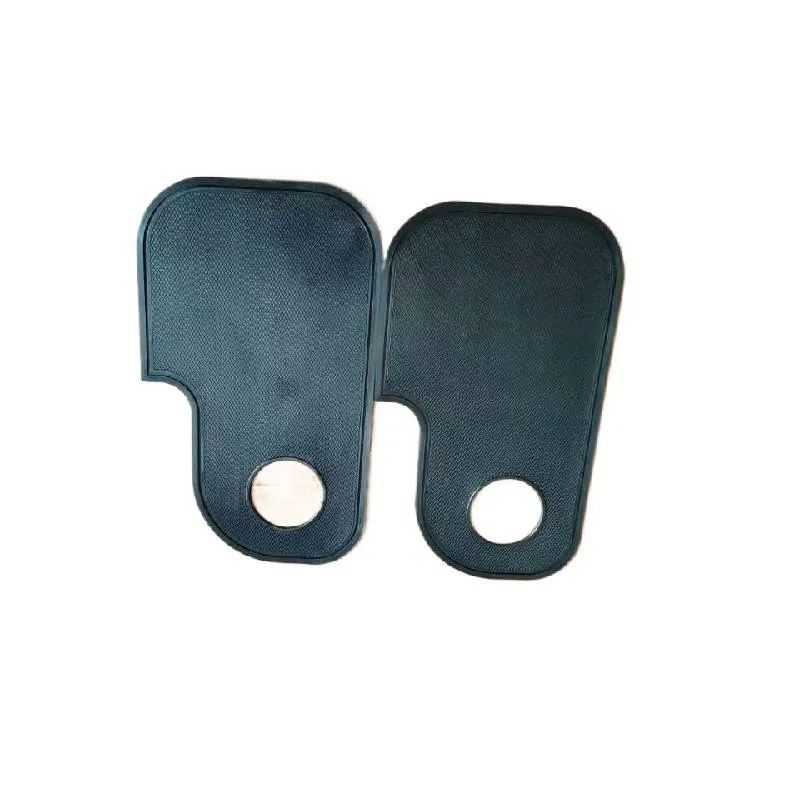
Where they’re used (and why they work)
- Automotive/EV: battery isolation, bracket cushioning, NVH tuning.
- Electronics: anti-slip feet, enclosure isolation, rack damping.
- Construction/HVAC: vibration mounts for compressors and pumps.
- Logistics: anti-skid pallet pads, surface protection in transit.
- Renewables: panel spacers and wind inverter cushions.
Many customers say a small change in hardness or thickness solved weeks of squeak/rattle diagnosis. It seems obvious later, but in the moment, it’s gold.
Process flow we actually run
Material compounding → calendaring/sheeting → molding (compression or injection) → vulcanization → precision die-cut/CNC kiss-cut → adhesive lamination → deburring/wash → QA (hardness, tensile, tear, compression set, ozone per ISO 1431-1) → packing. Service life is typically 3–10 years depending on UV, temperature, and load cycles.
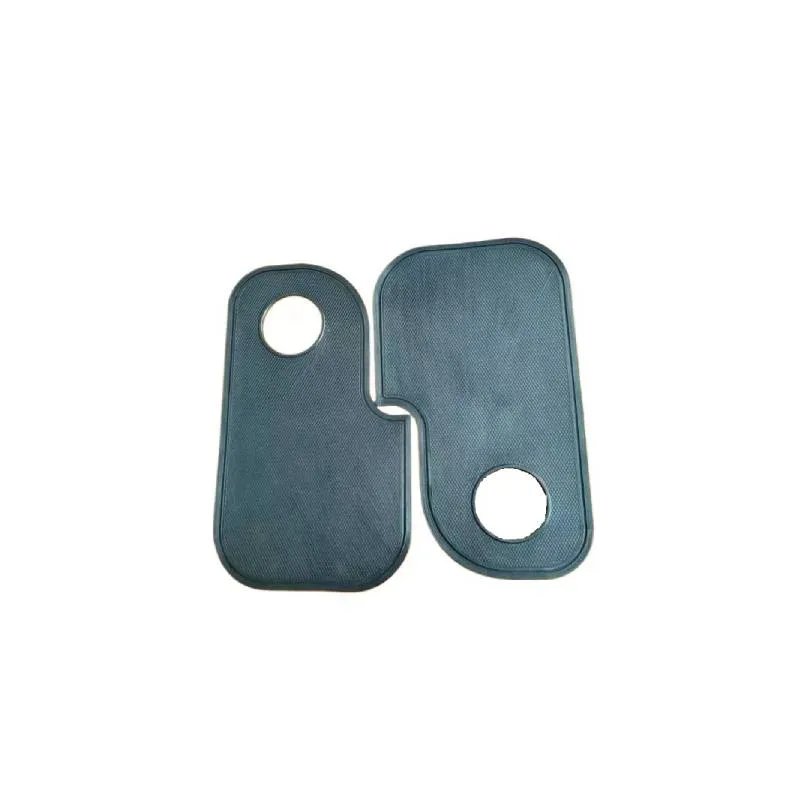
Vendor comparison (real-world factors)
| Vendor | Lead Time | Custom Molds | MOQ | Certifications | Notes |
|---|---|---|---|---|---|
| FY Gasket (Gaobeidian) | 7–15 days ≈ | Yes (in-house tool room) | Around 500 pcs | ISO 9001, RoHS/REACH compliant | Strong adhesive options; helpful DFM |
| Vendor A | 3–4 weeks | Limited | 1,000+ pcs | ISO 9001 | Good on standard sizes |
| Vendor B | 2–3 weeks | Yes | Around 300 pcs | ISO 14001, RoHS | Eco-focused materials |
Customization and testing
We tailor Rubber Protective Pads for oil, ozone, or high-heat exposure—plus logo embossing and die-line tweaks for easy assembly. Typical lab data (example set): hardness 65±3 Shore A, tensile 12.5 MPa, elongation 280%, peel strength (3M 467MP) ≈ 25 N/25 mm on steel (ASTM D3330). Compliance: RoHS, REACH; optional UL 94 V-0 with appropriate compounds.

Two quick case notes
1) EV charger OEM: swapped SBR to EPDM + increased thickness from 2 to 3 mm; ozone cracks disappeared in coastal installs, service calls dropped ≈ 40%.
2) Fitness equipment brand: moved from no-adhesive to 9448A liner; assembly time fell by ~18% (line-side feedback), fewer pads lost in transit.
Final take
The right Rubber Protective Pads aren’t glamorous, but they’re the difference between “works” and “works for years.” If you’re unsure, send the environment, load, and size limits—honestly, a 10-minute chat often saves a month of trials.
Authoritative references
-
Plastic Pelton Wheel – Lightweight, Cost-Effective Hydropower SolutionsNewsNov.24,2025
-
Durable and Cost-Effective Plastic Sheave Wheels for Modern IndustryNewsNov.24,2025
-
Plastic Spoke Wheel – Lightweight, Durable Wheels for Global Mobility SolutionsNewsNov.24,2025
-
Plastic Stem Casters: Durable, Cost-Effective Mobility Solutions for Every IndustryNewsNov.24,2025
-
Plastic Wheel Roller: Durable, Lightweight Solutions for Modern IndustryNewsNov.24,2025
-
Plastic Wheelchair Wheels: Durable, Affordable Mobility Solutions WorldwideNewsNov.24,2025
-
Small Plastic Casters – Durable, Lightweight Wheels for Global MobilityNewsNov.24,2025



